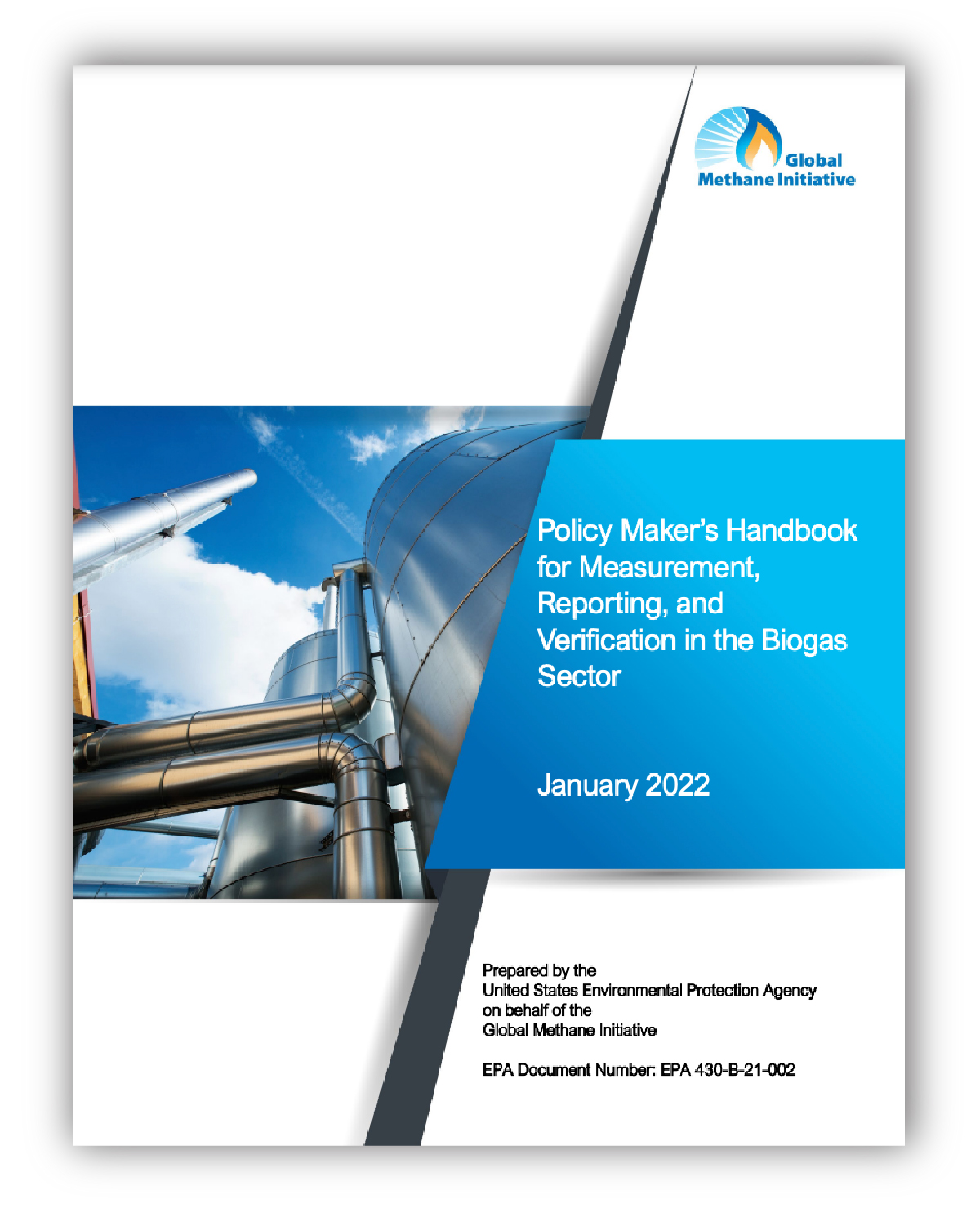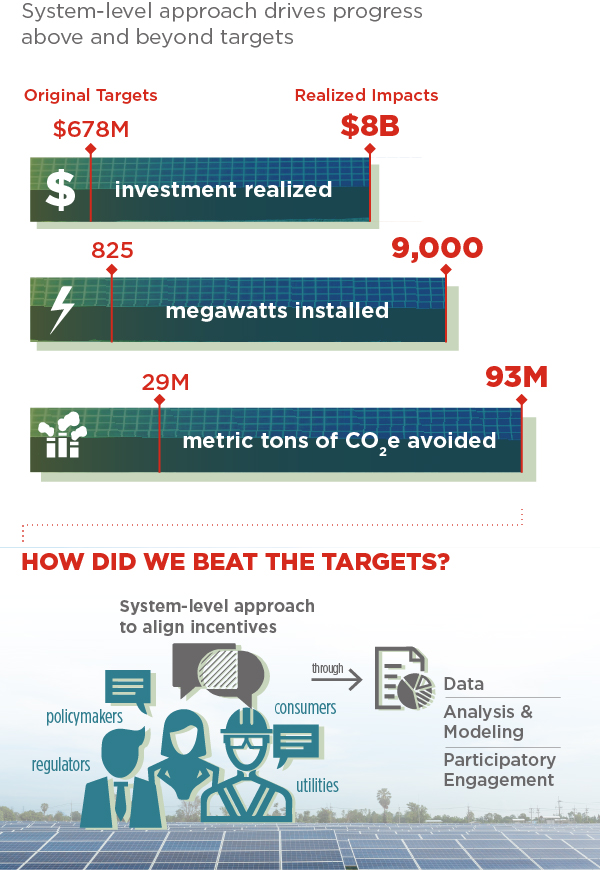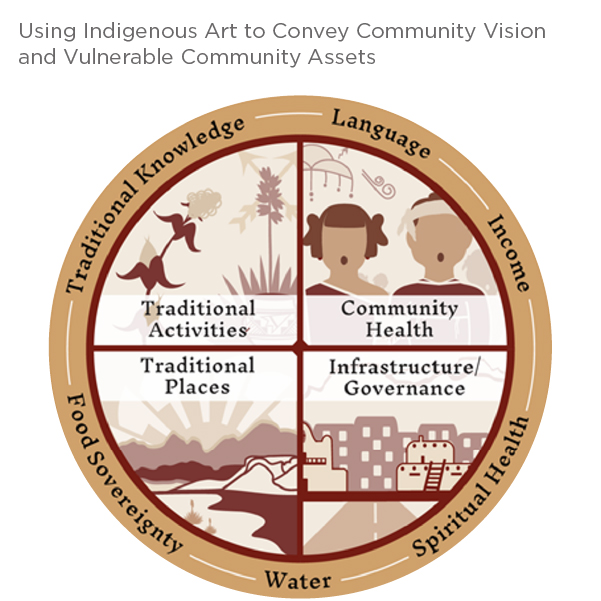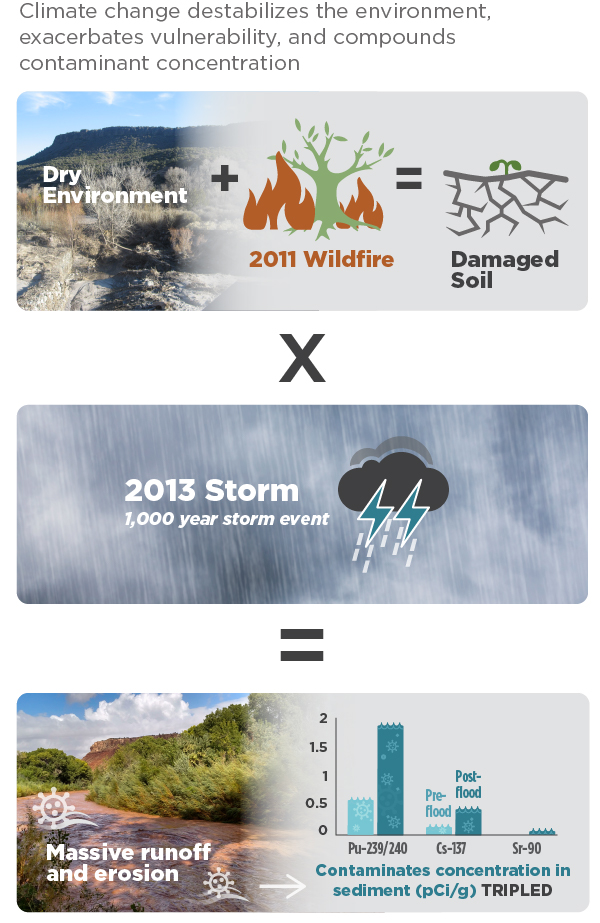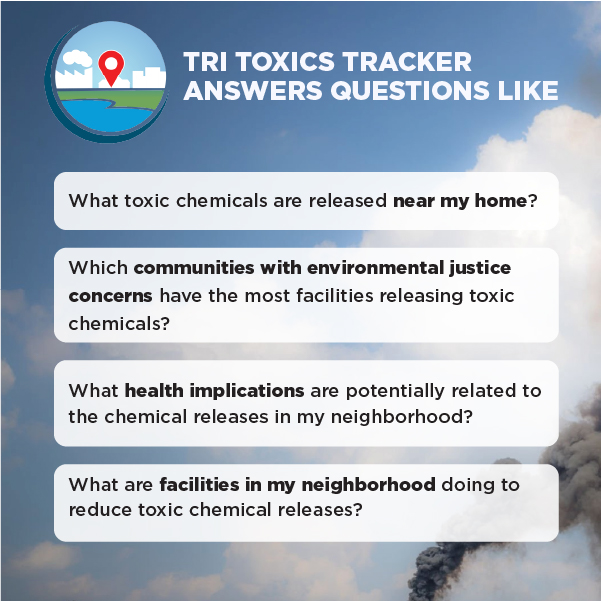Thriving Environment
READ THE STORIES: Tackling Methane Emissions | Catalyzing Investment in On-Grid Solar | Protecting Indigenous Environments and Lifeways through Climate Resilience | Assessing Cumulative Pollution to Protect Communities
Tackling Methane Emissions
More than 100 countries signed the Global Methane Pledge introduced at COP26 in 2021—a show of support for cutting methane emissions that was both important and long overdue. While carbon dioxide (CO2) gets most of the attention, methane is a greenhouse gas (GHG) that, ton-for-ton, is nearly 30 times more potent than CO2 at trapping heat in the atmosphere. And while not an air pollutant, methane reacts with other agents in the atmosphere to form smog. According to the latest Intergovernmental Panel on Climate Change (IPCC) assessment report, methane concentrations in 2019 were the highest of any year in the past 800,000 years.
Sources of Methane Emissions and its Productive Uses
Over the last decade, Abt has been at the forefront of efforts to address methane pollution globally. Since 2013, we have helped the U.S. Environmental Protection Agency (U.S. EPA) address methane emissions from agriculture and solid waste sources through the Global Methane Initiative and the Climate and Clean Air Coalition. We have produced actionable tools to help project developers, governments, and implementers assess feasibility and benefits of potential methane mitigation projects and technologies, such as food waste digesters that produce valuable biogas. More than 50 cities–from Delhi, India, to Novi Sad, Serbia have used the Solid Waste Emissions Estimation Tool to estimate waste sector methane emissions and plan mitigation strategies. We have also conducted more than 70 studies and assessments, and developed more than a dozen guides and resources, including a recent best-practices guide for monitoring, reporting, and verifying methane emissions reductions for the biogas sector.
VIDEO: The Solid Waste Emissions Estimation Tool (SWEET) has been used by more than 50 cities around the world
Our work has spanned dozens of countries that want to limit smog, mitigate climate change, and harness methane for commercial use. Key to those efforts is knowledge sharing and capacity building around best practices for reaching scale in effective waste management. For example, on behalf of the U.S. EPA, Abt played a critical role in helping The Energy and Resources Institute (TERI) establish its Center for Waste Management, which provides technical assistance to dozens of Indian cities. We helped establish the Center of Excellence for Circular Economy and Climate Change, which serves as a technical resource for Southeast European cities. And Ecuador’s Environment Ministry has incorporated the Abt-developed OrganEcs tool into its guidance for organic waste management.

